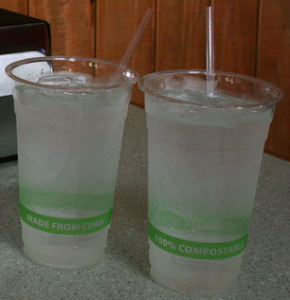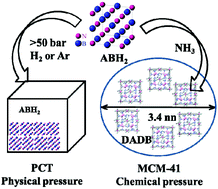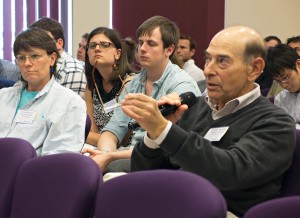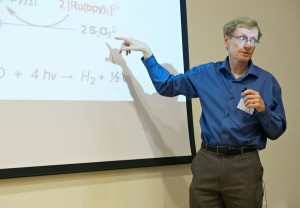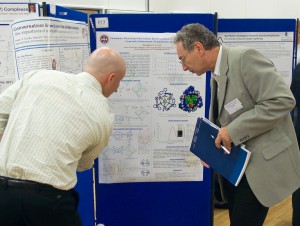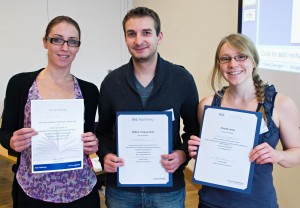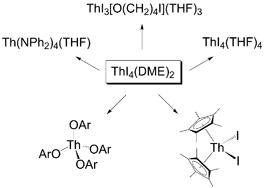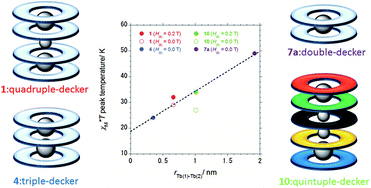Ever since Ziegler and Natta’s 1950s discovery of TiCl4 as a catalytic precursor for alkene polymerization, interest in similar compounds with potentially superior properties has soared.
Polylactide, polyglycolide and polycaprolactone are all commercially available biodegradable polyesters with advantages over non-biodegradable alternatives. They are used primarily in biomedical applications ranging from sutures, screws and pins to drug delivery and dentistry. Biodegradable polymers have also found uses in areas as diverse as compostable food packaging, plastics repair and rapid prototyping.
Marchetti et al. have reported a number of group 4 N,N-dialkylcarbamato complexes alongside their catalytic properties with regard to the ring opening polymerization of rac-lactide. They have also studied their polymerization mechanisms in great detail, concluding that the first stage of the polymerization reaction proceeds through different pathways for the Ti, Zr and Hf analogues, explaining the observed differences in activity. All pathways produce a vacant metal site, which is required for further propagation.
Read more about these new group 4 tetracarbamates and their application as catalytic precursors for the polymerization of rac-lactide in this HOT article.
Ring opening polymerization of rac-lactide by group 4 tetracarbamato complexes: activation, propagation and role of the metal
Fabio Marchetti, Guido Pampaloni, Calogero Pinzino, Filippo Renili, Timo Repo and Sirpa Vuorinen


